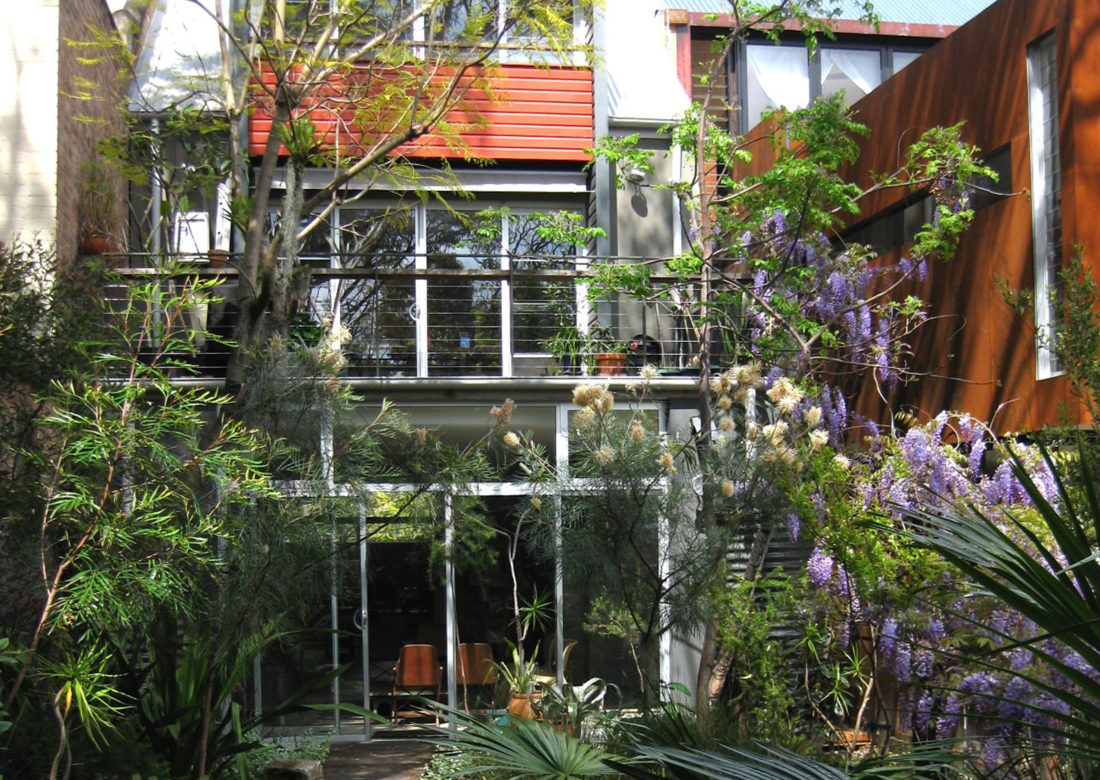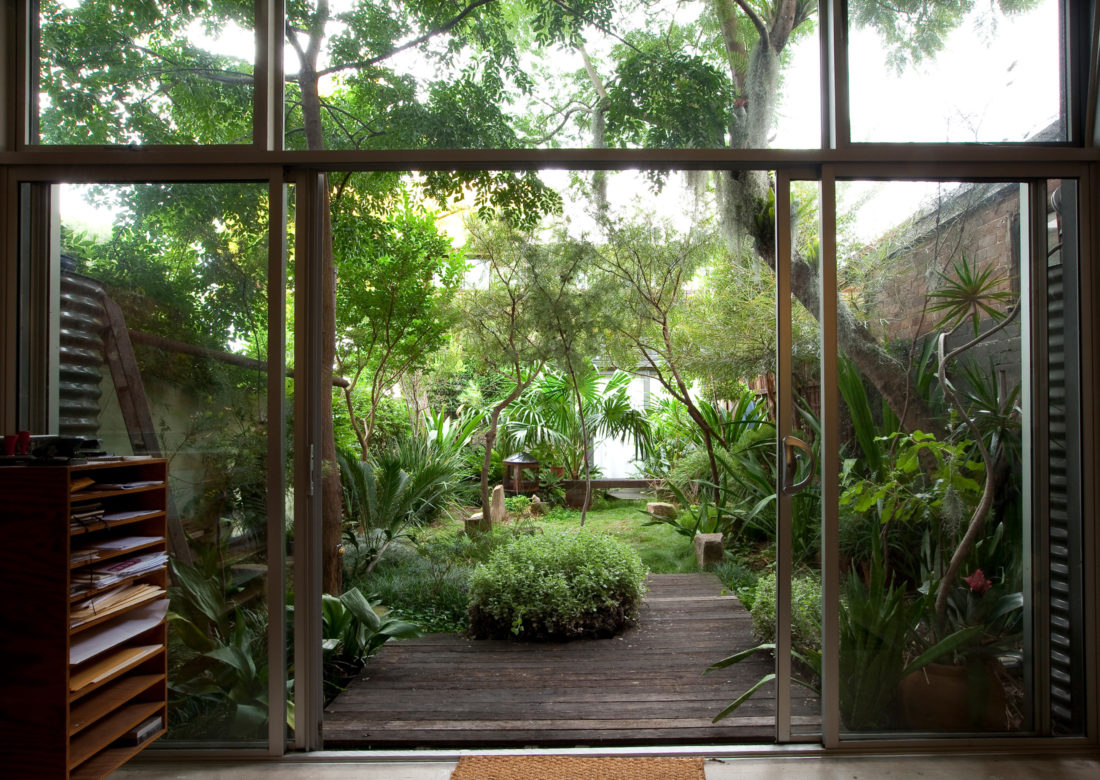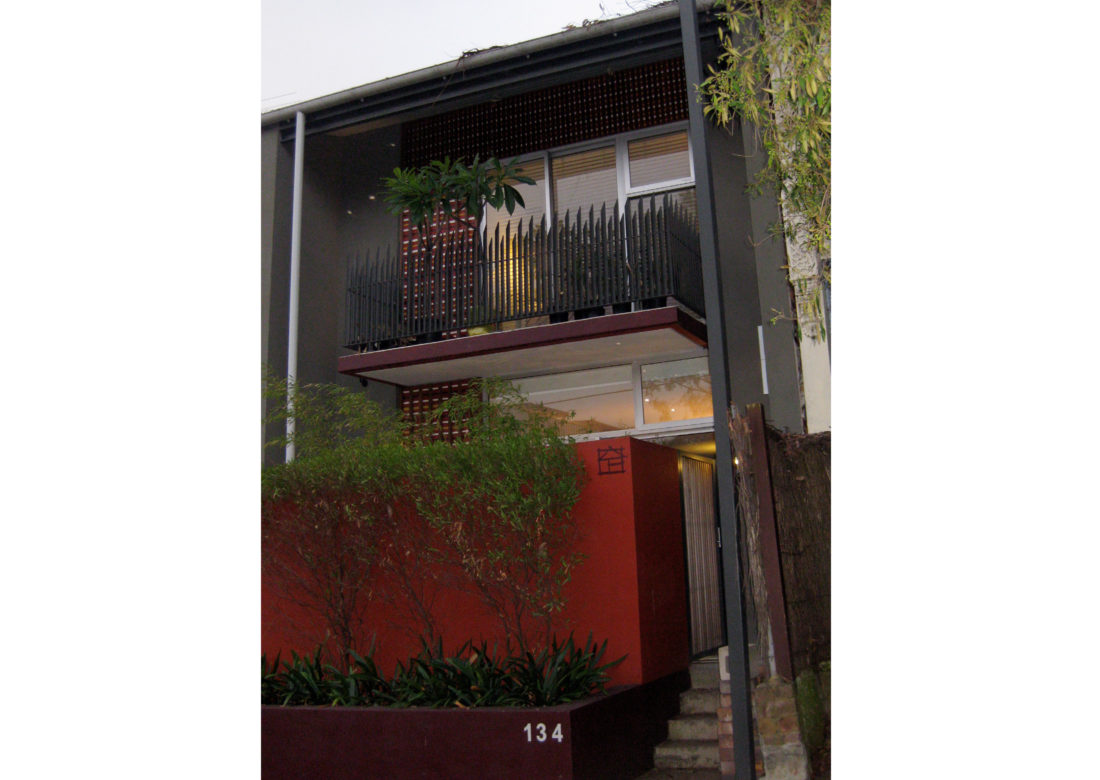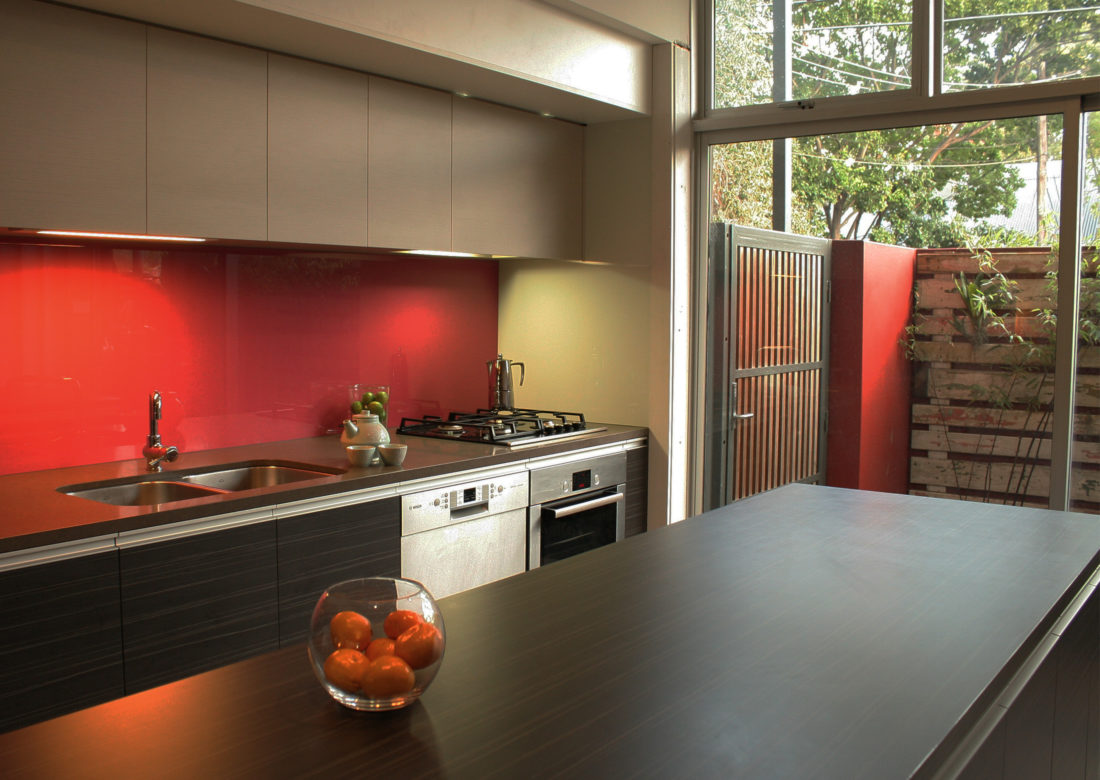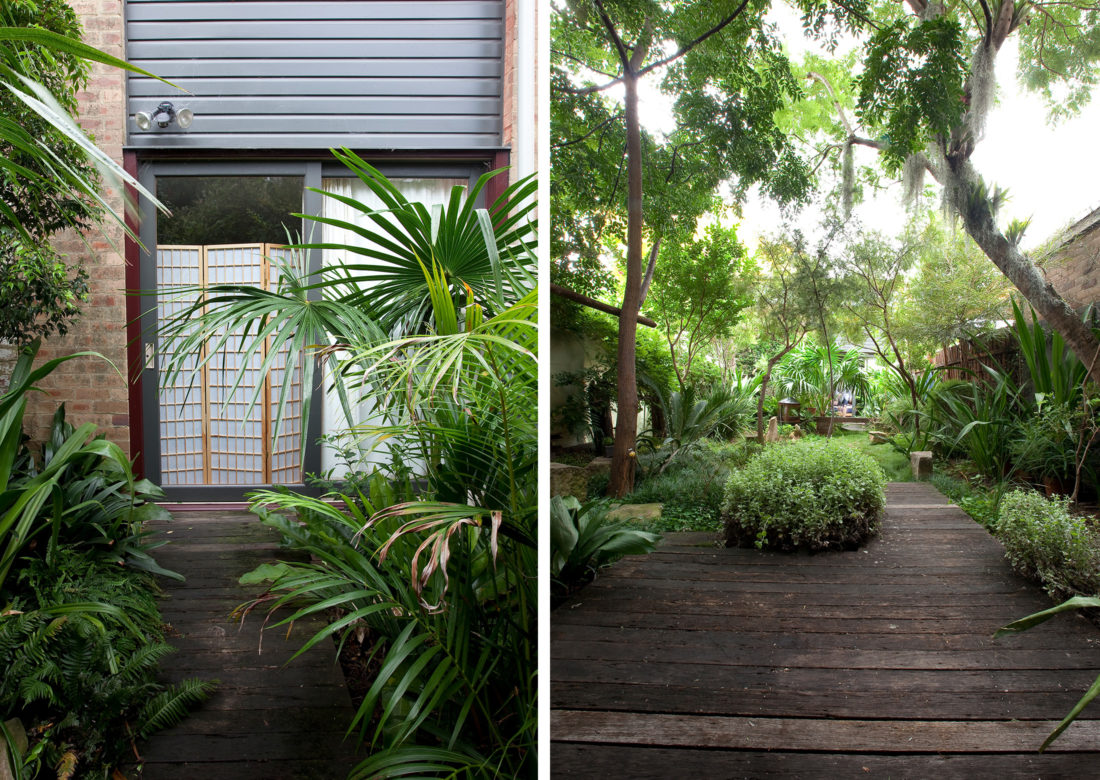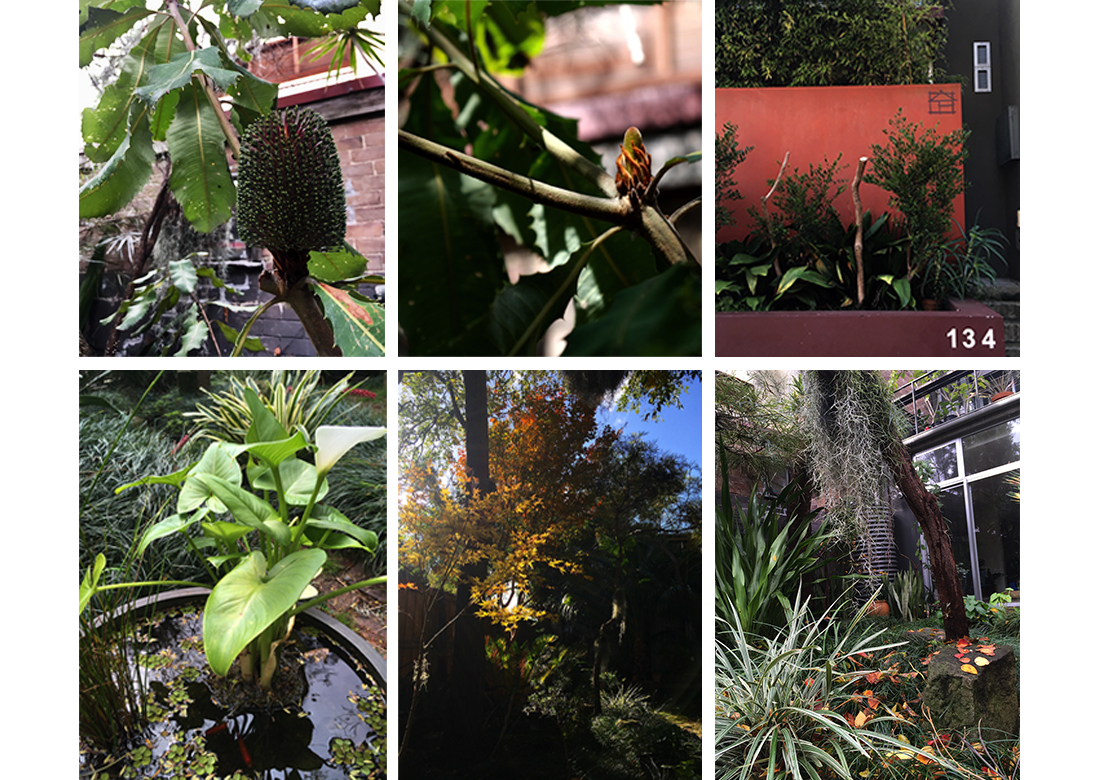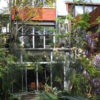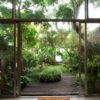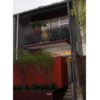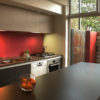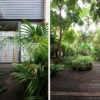Camperdown Courtyard
Camperdown Courtyard
A new terrace in a conservation zone ticks all the boxes.
Building a contemporary structure in a heritage conservation area could be seen as a difficult and, some would say, even inappropriate task. Add the pressure of the site being in the middle of series of original Victorian terraces and the responsibility becomes even greater. Our Camperdown project’s unique “infill” location called for careful and stylistically appropriate design, whilst not compromising on the needs of the occupants. PWA developed a contemporary family home that not only responds to, and continues, its locality’s heritage values, but also enjoys exceptional environmental performance.
Welcome to our own home and office!
The form of the house was designed in response to its surroundings. With such heritage value evident in neighboring properties, it was important that the building accommodated a few key features of a Victorian townhouse. The unique feature of the building is the way that it maintains a considered and appropriate connection with its predecessors, despite its modern materials and contemporary ideas. In consistency with the principles of the Burra Charter, the house carefully references the old, but is clearly differentiated as new.
The façade of the house, for example, is distinctive in style but also in harmony with the original Victorian building next door. The characteristic stepped roof form from the higher house has been carried through, immediately submitting the building to the pattern of a row of aged townhouses. The traditional level 2 balcony has been maintained, repeating that of the pattern of the street. The balcony uses the modern twist of the cantilever as its support, but its contemporary steel sculptured handrail still references the intricate filigree of the neighbouring wrought iron.
Once the appropriate form of the house was decided, the interior provided a new series of challenges. PWA intended to design the interior spaces of the home in a different format to a typical Victorian house, as difficult circulation and problems with day-lighting and air movement can plague these.
Deep space was required for living areas and the kitchen, and the environmental performance and positioning of rooms needed to be considered. Many designers will achieve their large space areas with the use of long span frames, clearing structure from the interiors of rooms and allowing wall-to-wall glass windows. This is one solution, but it can often create problems with lack of storage space and circulation and service areas. Our solution was to embrace the structure of the building as part of the solution. Using short masonry block nibs to support the level 2 slab, the first floor of the house is kept clear in the centre, but divided into bays at the sides. These bays provide a demarcation of space between different living areas and also useful volumes where the staircase and storage areas can be neatly arranged.
Locating the kitchen and principle living areas at the entry of the building is highly unconventional, but beneficial, and necessary in several ways. Had this long space been located anywhere but the ground floor, it would have significantly overshadowed the levels beneath, along with the neighboring buildings. As built, the ground floor living areas enjoy sufficient natural light from the front and rear. The location of the kitchen lends it to a different function than the usual food preparation space. Located next to the front door, the kitchen becomes a “cafe” style area, a reception space built for the welcoming of guests and clients before entering into the main house.
Another reason for the location of the living spaces on the ground floor is their direct and arresting relationship with the central courtyard, abundant in native plants. The property is bisected with a significantly sized green courtyard, with planting and design inspired by Japanese gardens. At the rear of the courtyard is a home office building, and the courtyard connects this building to the house visually, but still maintains a pleasant green separation.
The project can really be considered a prototype in medium density urban living. It exhibits important attributes of heritage conservation, environmental performance and resourceful design. Despite its recent construction date, the building immediately feels appropriate in its surroundings. PWA has developed a family home good enough to be called their own.
